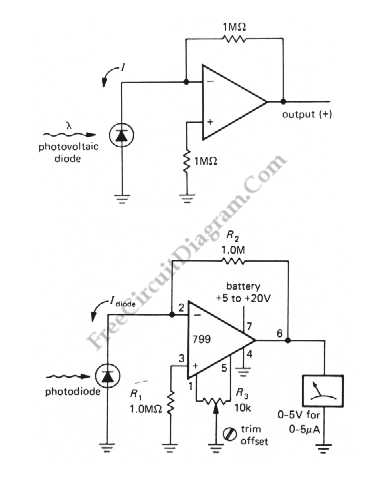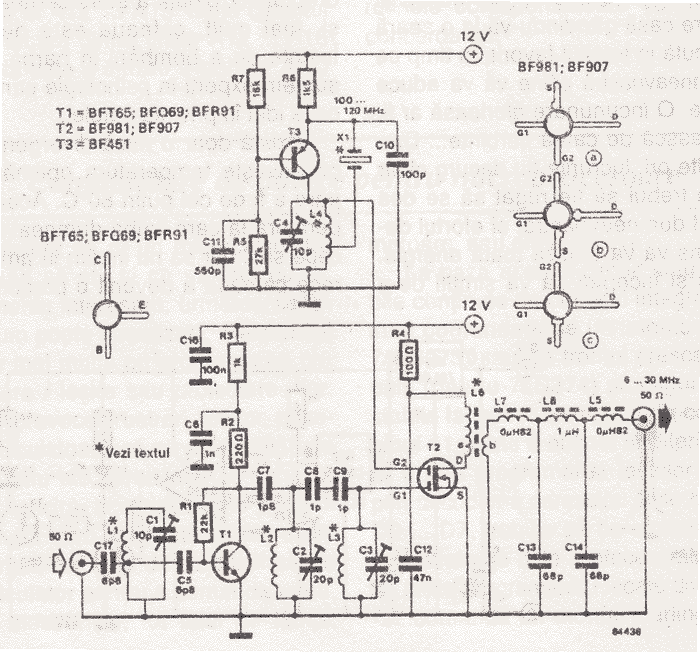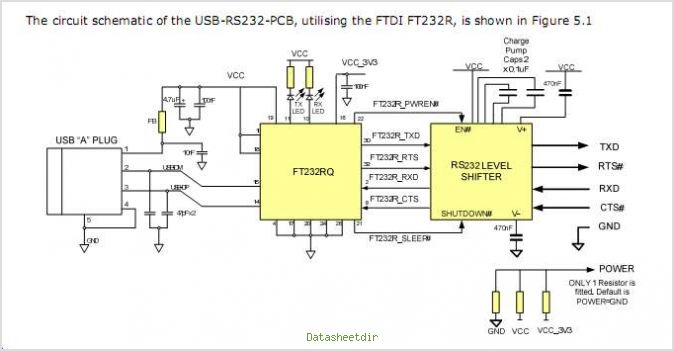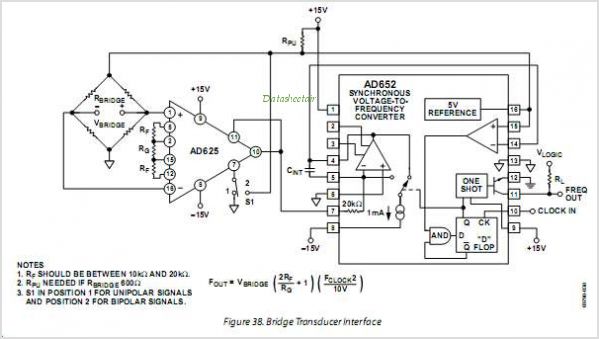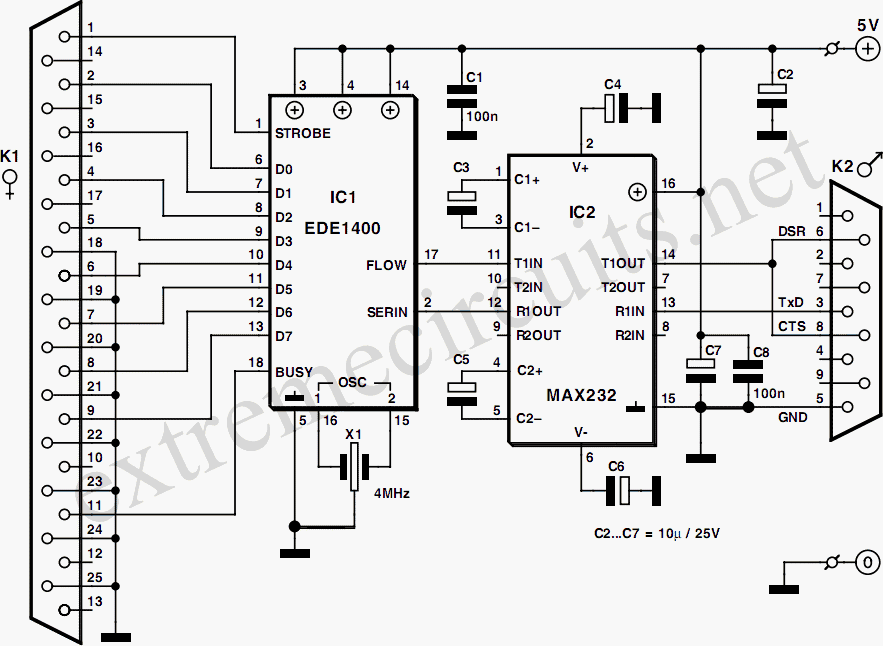
Ultra-precision v-f converter
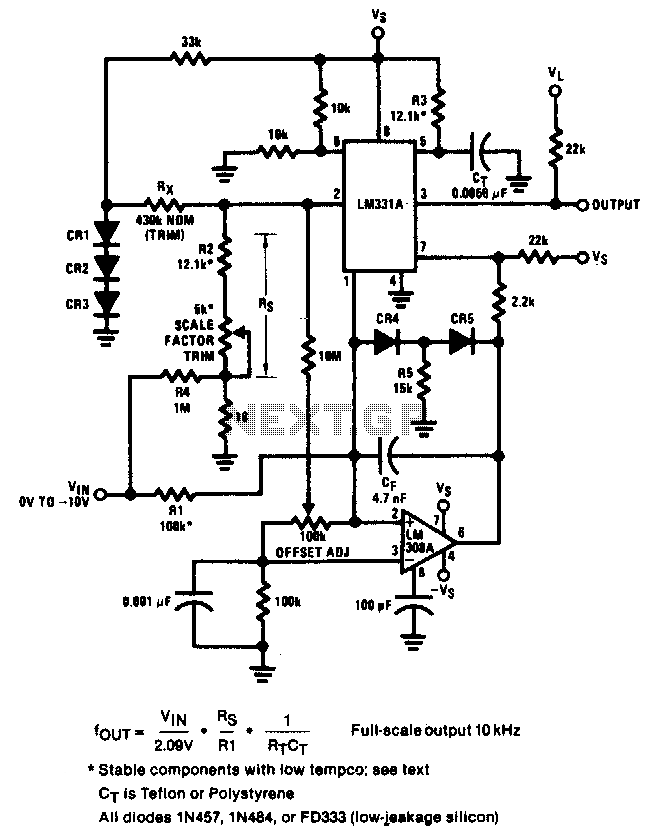
The circuit achieves an error of better than 0.02% and a nonlinearity of 0.003% within a ±20°C range around room temperature.
The circuit's design focuses on precision and linearity, making it suitable for applications that require high accuracy in temperature measurement and control. The specified error margin of better than 0.02% indicates that the circuit is capable of maintaining a high degree of accuracy across its operational range, which is critical for systems that rely on precise temperature readings.
The nonlinearity specification of 0.003% further emphasizes the circuit's capability to deliver outputs that are closely aligned with the expected linear response. This is particularly important in environments where temperature variations can lead to significant deviations in performance if not properly accounted for.
In practical applications, this circuit can be employed in temperature sensors, HVAC systems, and industrial process controls, where maintaining a stable temperature is essential. The ±20°C range indicates that the circuit can effectively operate around room temperature, making it ideal for applications in controlled environments.
The circuit may utilize components such as precision resistors, operational amplifiers, and temperature sensors designed for minimal drift and high stability. Proper layout and shielding techniques will also be critical to achieving the stated performance metrics, as external noise and thermal gradients can impact accuracy and linearity.
Overall, the circuit's specifications suggest a robust design capable of delivering reliable performance in temperature-sensitive applications, ensuring that users can trust the readings and maintain system integrity.The circuit is capable of better than 0.02% error and 0.003% nonlinearity for a ±20°C range about room temperature. 🔗 External reference
The circuit's design focuses on precision and linearity, making it suitable for applications that require high accuracy in temperature measurement and control. The specified error margin of better than 0.02% indicates that the circuit is capable of maintaining a high degree of accuracy across its operational range, which is critical for systems that rely on precise temperature readings.
The nonlinearity specification of 0.003% further emphasizes the circuit's capability to deliver outputs that are closely aligned with the expected linear response. This is particularly important in environments where temperature variations can lead to significant deviations in performance if not properly accounted for.
In practical applications, this circuit can be employed in temperature sensors, HVAC systems, and industrial process controls, where maintaining a stable temperature is essential. The ±20°C range indicates that the circuit can effectively operate around room temperature, making it ideal for applications in controlled environments.
The circuit may utilize components such as precision resistors, operational amplifiers, and temperature sensors designed for minimal drift and high stability. Proper layout and shielding techniques will also be critical to achieving the stated performance metrics, as external noise and thermal gradients can impact accuracy and linearity.
Overall, the circuit's specifications suggest a robust design capable of delivering reliable performance in temperature-sensitive applications, ensuring that users can trust the readings and maintain system integrity.The circuit is capable of better than 0.02% error and 0.003% nonlinearity for a ±20°C range about room temperature. 🔗 External reference
Warning: include(partials/cookie-banner.php): Failed to open stream: Permission denied in /var/www/html/nextgr/view-circuit.php on line 713
Warning: include(): Failed opening 'partials/cookie-banner.php' for inclusion (include_path='.:/usr/share/php') in /var/www/html/nextgr/view-circuit.php on line 713
